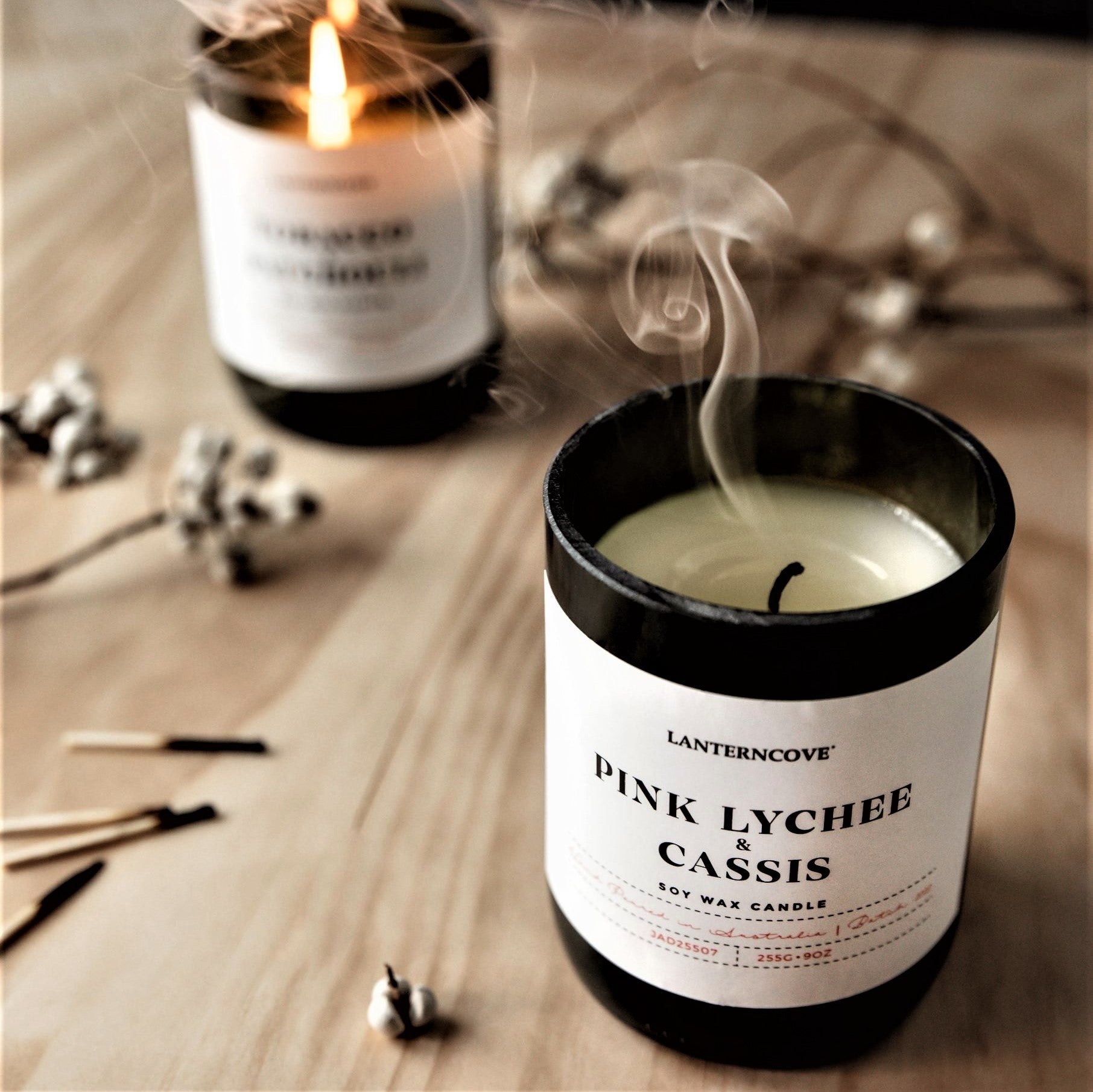Boost Your Room with Costs Soy Wax Candles and Home Fragrance
Wiki Article
From Wick to Wax: Comprehending the Chemistry Behind Soy Wax Candles and Their Ecological Influence
As we illuminate our areas with the warm radiance of candles, there lies a realm of intricate chemistry behind the seemingly easy act of lighting a soy wax candle light. The choice between soy and paraffin wax expands beyond simple visual appeals, diving into the realm of environmental influence and the very make-up of the products. Recognizing the molecular structure of soy wax and its burning procedure sheds light on the emissions launched into our surroundings. Join us as we unravel the clinical details behind soy wax candles and explore their implications on our atmosphere.Soy Wax Vs. Paraffin Wax
When contrasting soy wax and paraffin wax for candle light production, it is necessary to recognize the distinct features and benefits of each product. Soy wax is a natural, renewable energy originated from soybean oil, making it eco-friendly and environment-friendly - soy candles. On the other hand, paraffin wax is a byproduct of petroleum refining, which elevates concerns regarding its ecological impact and sustainabilitySoy wax candle lights burn cleaner and discharge less residue contrasted to paraffin wax candle lights, making them a much healthier selection for indoor air top quality. Additionally, soy wax has a lower melting factor, permitting a longer-lasting candle light that distributes fragrance better. Paraffin wax, on the other hand, often tends to burn faster and less cleanly, potentially launching dangerous chemicals into the air.
From a sustainability viewpoint, soy wax is favored for its biodegradability and renewable sourcing, aligning with the expanding consumer preference for ecologically mindful products. While paraffin wax has actually been a conventional option in candle making because of its cost and convenience of usage, the shift in the direction of environment-friendly choices like soy wax is getting momentum in the industry.
Chemical Composition of Soy Wax

Combustion Refine in Soy Candles
The chemical make-up of soy wax directly influences the burning process in soy candle lights, influencing factors such as shed time, aroma launch, and ecological effect. When a soy candle is lit, the heat from the flame thaws the wax near the wick.
The combustion efficiency of soy candles is influenced by the purity of the soy wax and the quality of the wick. A clean-burning soy candle with a properly sized wick will reduce and generate a constant flame residue development. This not just expands the burn time of the candle yet also improves the launch of scents. In addition, soy wax candle lights have a lower environmental effect compared to paraffin candles due to their renewable and eco-friendly nature.

Ecological Benefits of Soy Wax

Considered a sustainable option to conventional paraffin wax, soy wax uses remarkable ecological advantages that make it a popular choice Clicking Here among eco-conscious customers. One significant benefit of soy wax is its eco-friendly sourcing. Soy wax is originated from soybean oil, which is mainly grown in the United States. The farming of soybeans assists sustain local farmers and minimizes the dependency on non-renewable fossil fuels made use of in paraffin wax manufacturing. Additionally, soy wax is eco-friendly, implying it breaks down normally without launching dangerous contaminants into the atmosphere. This particular makes soy wax candle lights a much more eco-friendly alternative contrasted to paraffin wax candle lights, which are made from petroleum, a non-renewable source. Soy wax burns cleaner and generates much less soot than paraffin wax, adding to much better interior air high quality and minimizing the requirement for cleaning and maintenance. On the whole, the ecological advantages of soy wax line up with the expanding demand for green and sustainable items in the market.
Recycling and Disposal Considerations
Recycling and correct disposal of soy wax candle lights play a critical duty in preserving ecological sustainability and here reducing waste in neighborhoods and homes. When it comes to reusing soy wax candle lights, the first step is to guarantee that the candle light has melted completely.
In terms of disposal, if recycling is not an option, soy wax candles are biodegradable Visit Your URL and can be safely gotten rid of in the majority of house waste systems. However, it is always advised to contact regional recycling facilities or waste monitoring services for specific standards on candle disposal to make certain proper handling and environmental security.
Verdict
In conclusion, the chemistry behind soy wax candle lights discloses their ecological benefits over paraffin wax candles. Soy wax, acquired from soybean oil, burns cleaner and produces much less residue when compared to paraffin wax.When comparing soy wax and paraffin wax for candle production, it is important to understand the unique characteristics and benefits of each material (candles).Soy wax candles shed cleaner and produce less soot compared to paraffin wax candles, making them a much healthier option for interior air quality.Taken into consideration a sustainable choice to standard paraffin wax, soy wax uses remarkable ecological advantages that make it a preferred selection amongst eco-conscious consumers. Soy wax burns cleaner and produces much less residue than paraffin wax, adding to much better indoor air quality and decreasing the demand for cleansing and upkeep.In final thought, the chemistry behind soy wax candles discloses their ecological advantages over paraffin wax candle lights
Report this wiki page